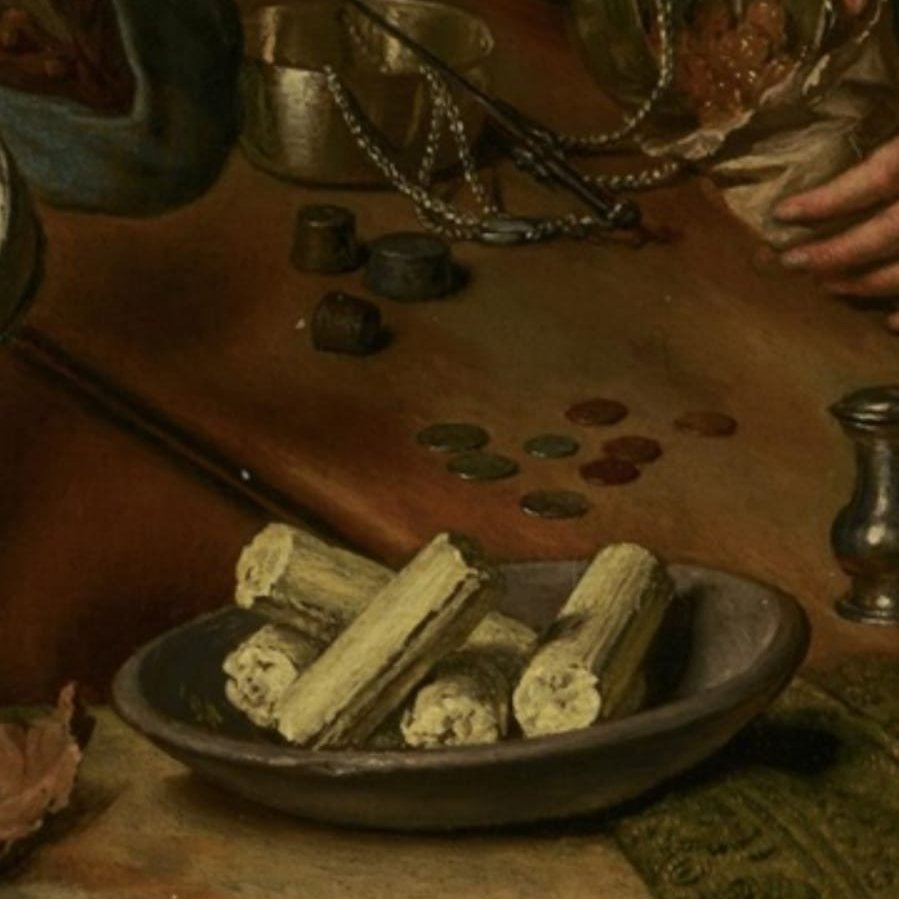
Last week @JTAnews published an article about about Elieser, a black man who was buried on the Jewish Cemetary Beth Haim in Ouderkerk in 1627. In this #thread and on my website a little more context about Black and Jewish Amsterdam in the C17th Amsterdam. jta.org/2021/01/20/glo…
While their had been Black people living in Amsterdam since the late sixteenth century, their numbers raised considerably in the wake of Sephardic migration from Spain and Portugal. Most of these migrants settled with their servants in the area around the Jodenbreestraat. 

(Background story:) From the fifteenth century onwards, enslaved African men and women were traded on the Iberian Peninsula. Usually they had to work as domestic servants. In 1600 roughly 10% of the population was Black in Lisboa.
Some of the Iberian migrants were of African or mixed descent and some of the migrants brought black servants with them. In the early seventeenth century, Ernst Brinck, the later burgomaster of Harderwijk, wrote about his visit to Amsterdam and de Jodenbreestraat:
Most of the Portuguese, being largely Jews, live in [Joden]breestraat, and also have a house where they gather [i.e., holding services in a house synagogue]. Almost all of their servants are slaves and Moors’. 

The oldest registers of the Portuguese cemetery in Ouderkerk aan de Amstel mention ‘negras,’ ‘escravas’ (enslaved women) and ‘mulattas’ buried there. On 28 September 1629, for example, an ‘escrava’ of Abraham Aboaf was buried next to an ‘escrava’ of David Netto. 

The presence of Black people within the Sephardic community can also be seen in Romeijn de Hooghe’s prints of the Portuguese community from the last quarter of the seventeenth century. 



As stated above, there were also people of mixed descent within the Sephardic community. When the Afro-European Debora Nassy was about to leave for the Guianas with the Portuguese Nassy family, she wanted certification of her freedom.
At an Amsterdam notary’s office, David Nassy declared that Debora ‘sijnde een bruijn vrouwspersoon ofte mulata’ (being a brown female or mulatto) was a free woman, and in his house ‘in vrijheijt geteelt & gebooren & als (...) 

soodanigh oock opgevoet, sonder dat iemant ter werelt op haer persoon iets heeft te preteenderen’ (conceived & born in freedom & and also raised as such, without anyone in the world having any kind of claim on her person). 

Read more on my blog: voetnoot.org/2021/01/25/mos…
The article on my website is part of the essay that I wrote for the exhibition ‘Here. Black in Rembrandt’s Time’, please order the book to read the full essay and support the @Rembrandthuis (available in English and Dutch). webshop.rembrandthuis.nl/en/black.html
About Afro-Brazilian Juliana who came from Brazil claimed her freedom in Amsterdam
https://twitter.com/voetnoot/status/1311266785589637121
More about the Black community in Amsterdam (1600-1670)
https://twitter.com/voetnoot/status/1105570603040493573
• • •
Missing some Tweet in this thread? You can try to
force a refresh



















